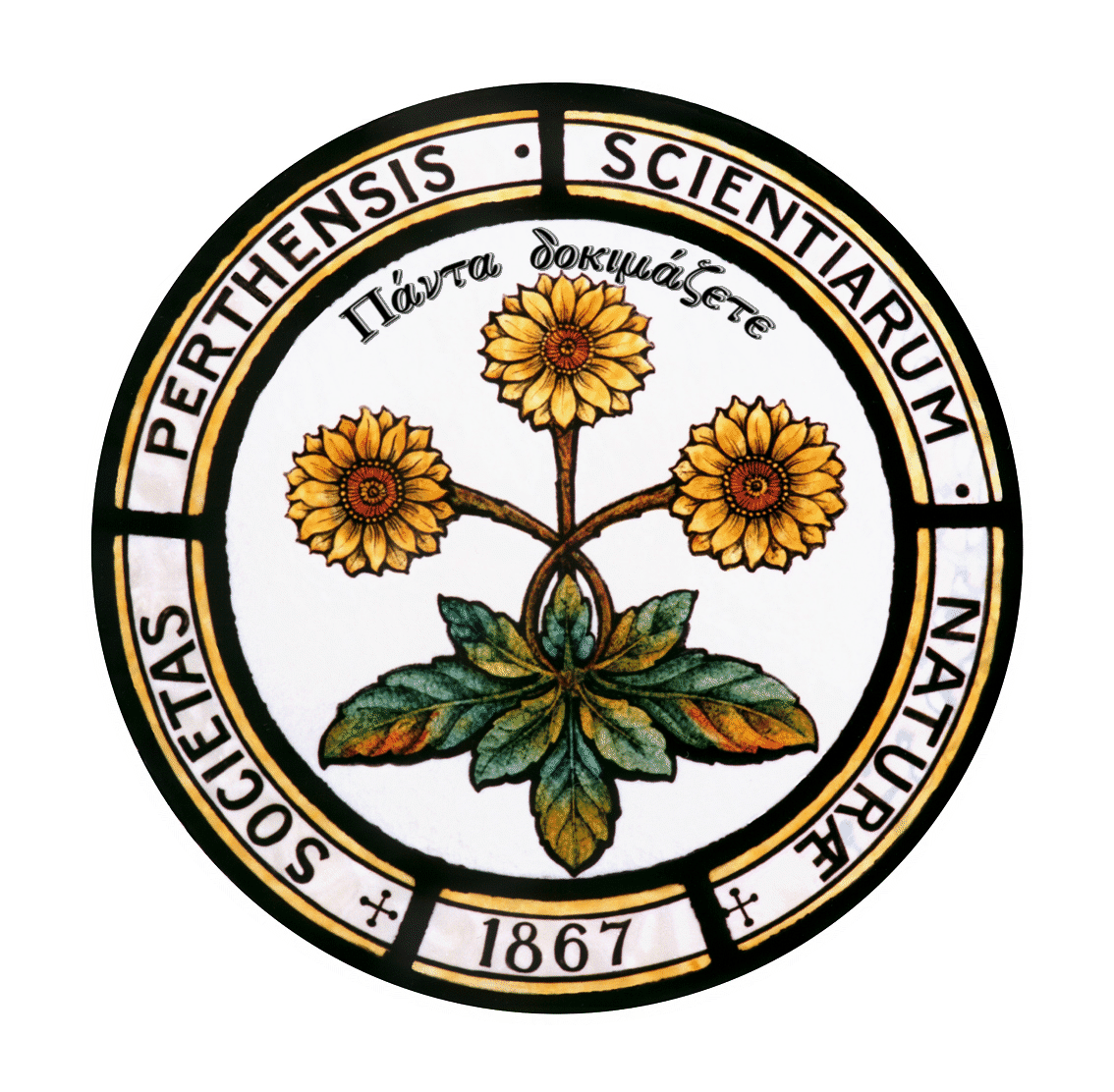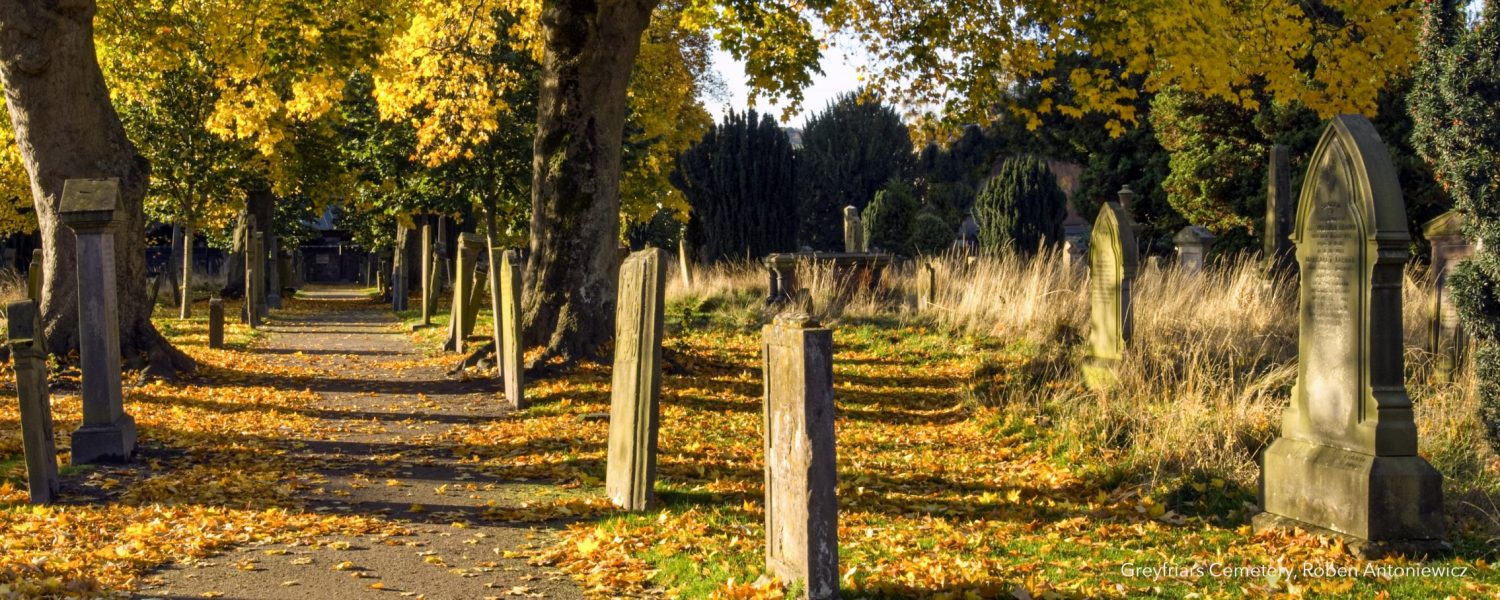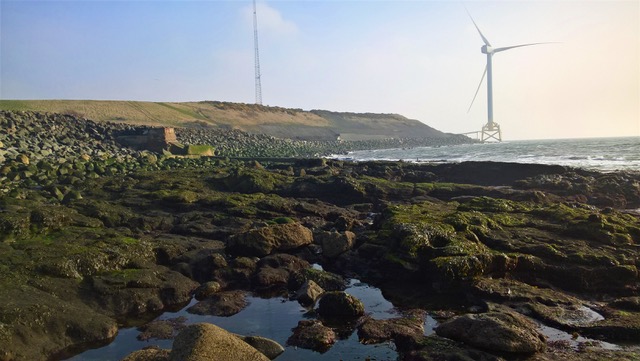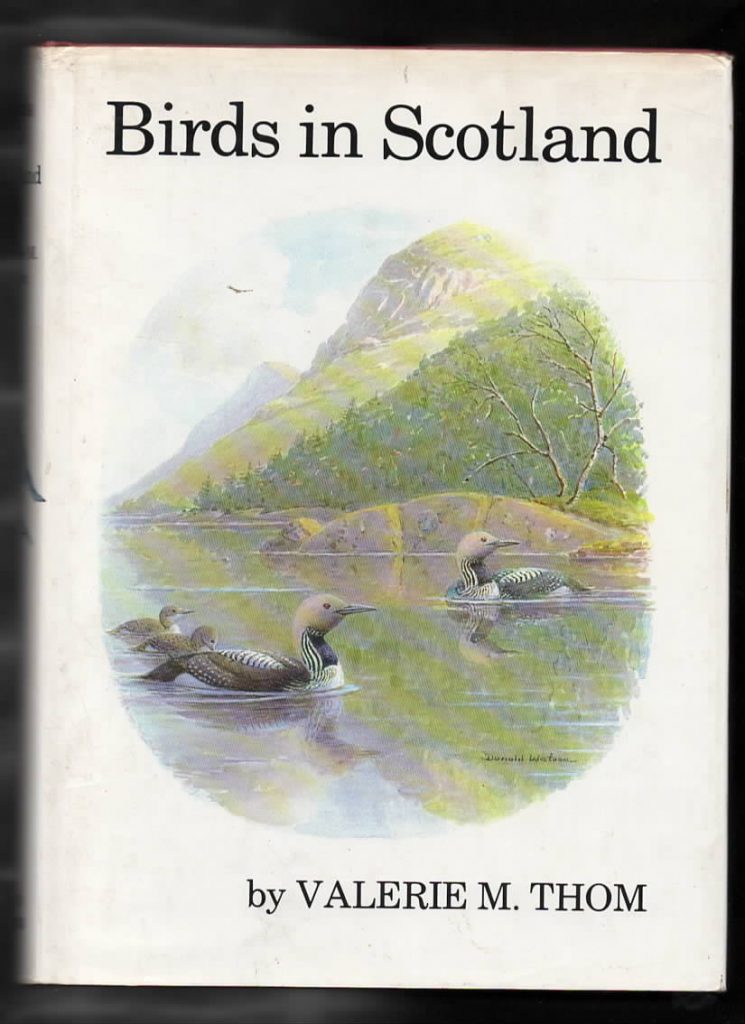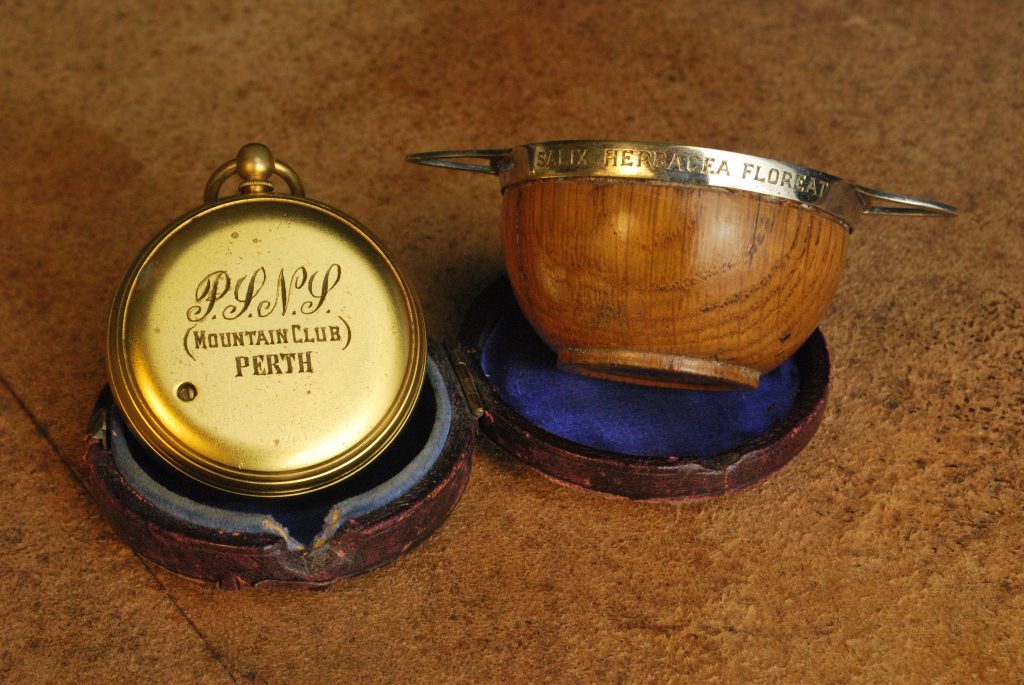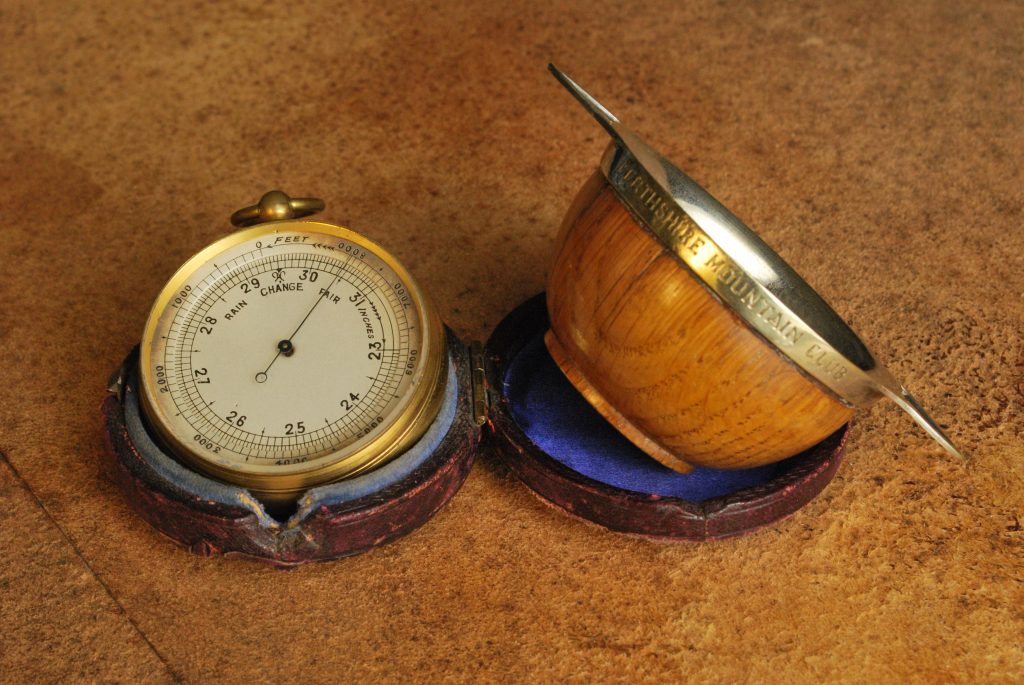“Landscape Scale Nature Recovery”
David Tollick, Conservation Officer, Perth & Kinross Countryside Trust
David is mainly focussed on Highland Perthshire, co-ordinating nature restoration parnerships.
After graduating in Ecological Studies from Edinburgh University, he worked as a countryside ranger developing and delivering environmental awareness activities for community and educational groups. He led a ground breaking course for a rural skills award for environmental vocations in Barony College, near Dumfries.
A spell in local government followed in Dumfries, then Falkirk supporting project development and delivery. This was followed by a move to Angus to develope, co-ordinate and deliver a £2,000,000 grants programme of the European Rural Development Programme, before coming to Perth.
